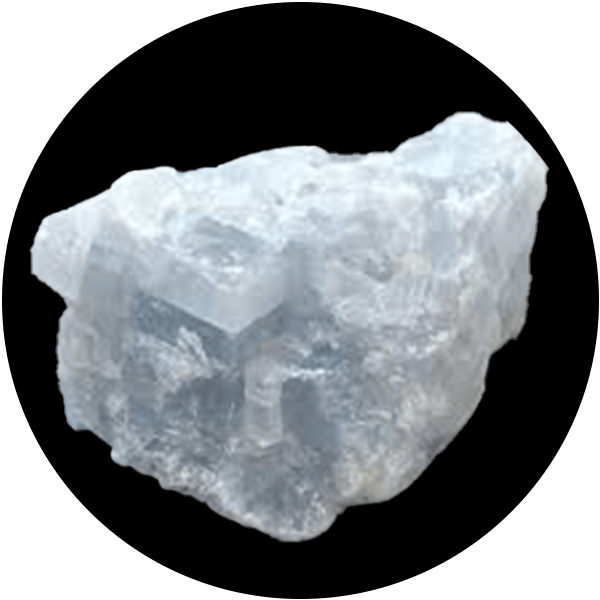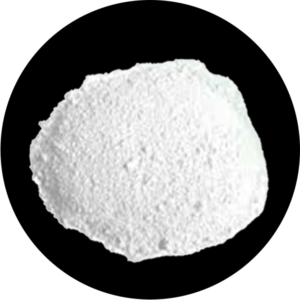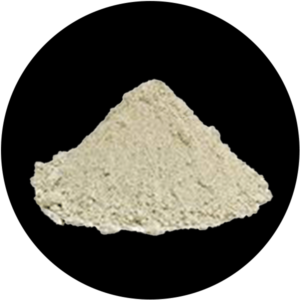
Shop
Calcite
Calcite is a common mineral composed primarily of calcium carbonate (CaCO₃). It is widely distributed in various types of rocks, such as limestone and marble, and is one of the most abundant minerals on Earth. Here are key details about calcite:
Chemical Composition: CaCO₃ (calcium carbonate)
Properties:
1. Crystal System: Trigonal
2. Color: Often white or colorless, but can appear in a variety of shades like pink, yellow, blue, green, or brown depending on impurities.
3. Hardness: 3 on the Mohs scale, meaning it is relatively soft and can be scratched by harder materials.
4. Cleavage: Perfect cleavage in three directions, forming rhombohedral fragments.
5. Luster: Vitreous (glassy)
6. Transparency: Transparent to translucent
7. Reactivity: Reacts with dilute hydrochloric acid (HCl) by effervescing (fizzing) due to the release of carbon dioxide gas.
Uses: Calcite is used in the production of cement, as a flux in the smelting of metals, in the manufacture of glass, and as a neutralizer in soils and water. It is also a popular material in decorative stone and crystal collections.
Calcite is notable for its double refraction property, where objects viewed through the mineral appear doubled.






